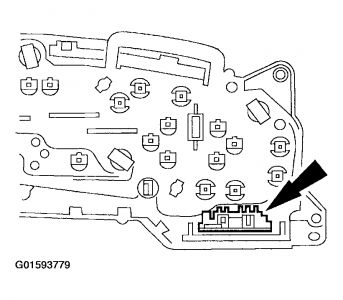The natural inclination when getting O2 sensor faults is to immediately purchase a new O2 sensor and hope it remedies the fault.
However, there's a couple of issues to consider. If you got the aftermarket (universal) type, they work fine most of the time, just make sure the four O2 wires are hooked up correctly to the vehicle wire harness. There's a 12-volt suppy and ground pair for the heater element inside the O2, and there's a signal and ground pair that the O2 uses to send info to the Powertrain Control Module (PCM).
If you purchased Motorcraft (doubtful based on your 70-bucks statement), they just plug right in and you are more likely to have an "exhaust" related issue if the O2 code comes back.
OK, so now we have the aftermarket vs OEM discussed. Now, we need to know the actual PXXXX number of the fault code. One type leads towards a fault of the O2 internal heater, and the other fault deals with the actual exhast which the O2 is trying to decipher.
Now things get a little more complicated. If the O2 code is exhaust gas related (reading lean or rich), diagnostics and repairs go down different avenues.
Remember, a fully functioning O2 sensor simply reads the exhaust make-up and sends the corresponding signal to the PCM. If the signal is out of range based on PCM anticipated running parameters, the PCM may set an O2 fault code.
Some easy things you could try is to clean the Mass Airflow Sensor (MAF) with spray-brake cleaner to make sure the two little heating elements inside are clean. If they are dirty, it is common to receive an O2 "Lean" code, even though nothing is wrong with the O2 itself. Blow dry the MAF with shop air, being careful not with a full blast to ruin the wire elements.
Dirty MAF elements make the PCM think the engine has a light load, which leads to leaning out the air/fuel mixture, which leads to the O2's saying "Hey! The mixture is Lean!" Up Pops a ChkEngine Code.
Make sure the PCV Valve and hose don't have any cracks; look for various cracked vacuum lines around the engine.
If you want to get really technical, hook up a scan tool, and watch the O2 sensor output on a graph. Voltage should fluctuate rapidly (5+ per second) between.2 and.8 volts at steady high idle, keeping high idle at least one minute to fully warm up O2.
Finally, realize there are four O2 sensors hooked up to the vehicle. There's a B1S1, B1S2, B2S1, and a B2S2. Again, the PXXXX code is critical. Make sure the mechanic replaced the correct one. Bank 1 is the one nearest the firewall. S1 or S2 determines before (1) or after (2) the catalytic converter.
Variables are too lenghty to discuss at this point unless you can provide feedback on items I've touched on thus far.
Saturday, October 24th, 2020 AT 12:21 PM
(Merged)




